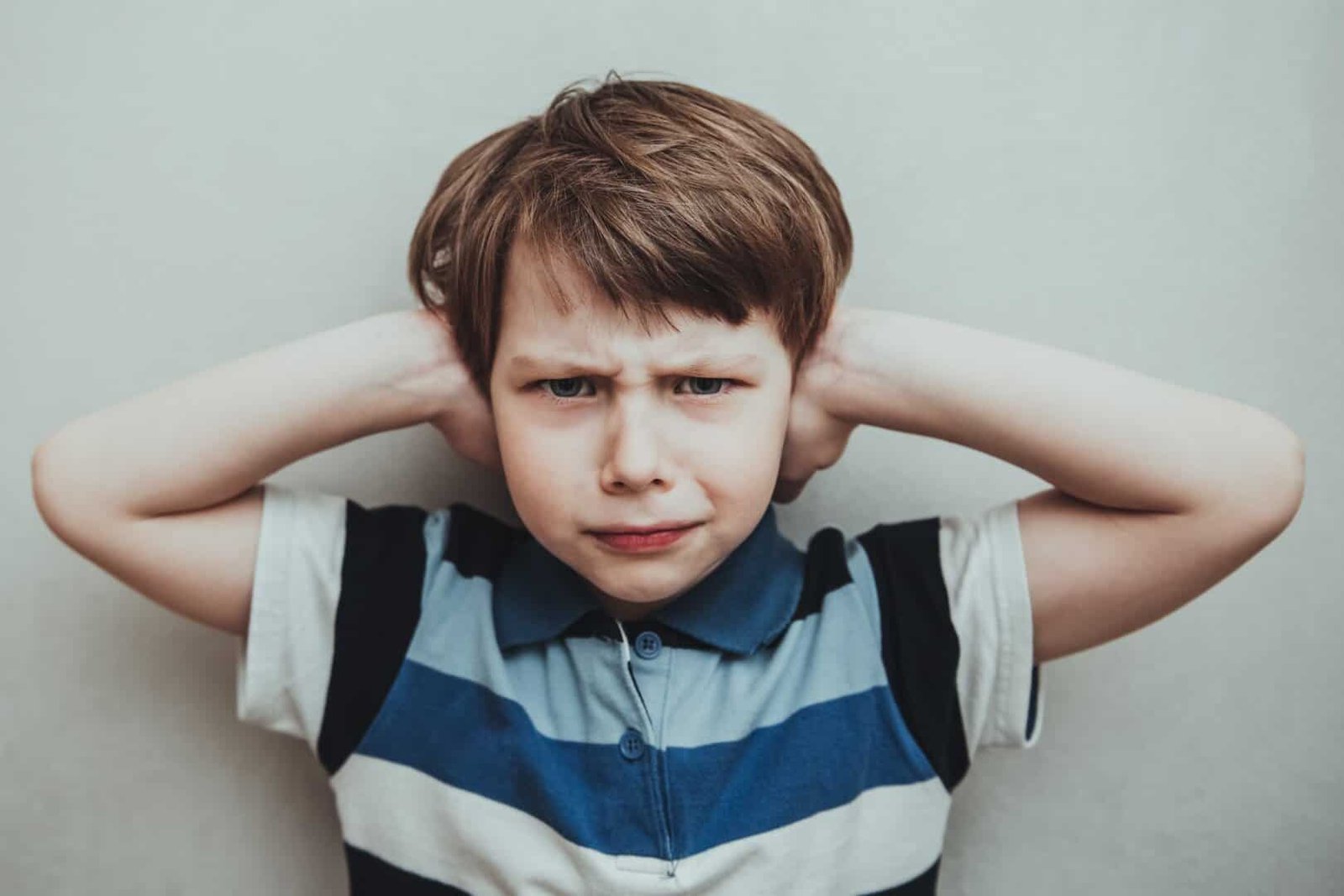Sensory Processing Disorder: Understanding and Supporting Those Who Experience It
Sensory Processing Disorder (SPD) is a condition that affects the way the brain receives, interprets, and responds to sensory information. People with SPD may be hypersensitive or hyposensitive to stimuli such as sounds, lights, textures, tastes, or movements, which can cause discomfort, anxiety, and difficulties in daily life.
What Is Sensory Processing Disorder?
SPD occurs when the brain does not properly process sensory information from the environment. It is not a behavioral disorder or a choice, but rather a neurological condition that can make interacting with the world more challenging. Some children and adults with SPD may feel overwhelmed by loud noises, bright lights, physical contact, or certain textures, while others may need additional sensory stimulation to feel comfortable.
How to Manage SPD
Strategies for Parents and Educators
- Identify triggers: Observe which stimuli cause discomfort and try to avoid or minimize them when possible.
- Create a safe environment: Quiet spaces with controlled lighting and sound can help reduce sensory overload.
- Anticipate and prepare: Providing advance notice of routine changes and allowing time for adaptation can make a significant difference.
- Encourage self-regulation: Teaching strategies such as deep breathing, sensory breaks, and relaxation techniques can help children manage their reactions.
Strategies for Individuals with SPD
- Use sensory tools: Noise-canceling headphones, sunglasses, comfortable clothing, or sensory toys can be helpful.
- Learn to communicate needs: Explaining to others how certain sensations affect well-being can facilitate understanding and support.
- Explore enjoyable sensory activities: Finding textures, sounds, or movements that create a sense of well-being can improve quality of life.
Therapies and Support
There are various therapies and approaches that can benefit individuals with SPD:
- Sensory Integration Therapy: Guided by occupational therapists, this helps develop better responses to sensory stimuli.
- Cognitive Behavioral Therapy (CBT): Useful for managing anxiety related to sensory overload.
- Exercise and Movement: Activities such as yoga, swimming, or walking can improve sensory regulation.
- Educational Support: School accommodations, such as quiet spaces and sensory breaks, can make a significant difference.
Strengths and Abilities in SPD
While SPD can present challenges, it is also important to recognize the unique strengths and talents of those who experience it. Many individuals with SPD have heightened sensory perception, allowing them to excel in areas such as music, art, writing, or detailed analysis.
Rather than focusing only on difficulties, it is crucial to nurture their abilities and provide opportunities for them to shine in their areas of interest. Adapting the environment to their needs not only benefits individuals with SPD but also enriches the community by promoting inclusion and diversity.
The Importance of Environmental Adaptation
For someone with SPD, the discomfort caused by certain sensory stimuli is not something they can simply ignore or control easily. This is why others should show empathy and a willingness to adapt the environment. Small changes can make a significant difference in their well-being and help them navigate society more effectively.
Learning about Sensory Processing Disorder and taking steps to support those who experience it is essential to building a more inclusive and accessible world. By focusing on their strengths and providing effective strategies, we can help them live a more fulfilling and satisfying life.
In Resources, you will find materials designed to help parents and educators, with tools to promote inclusion and activities for children to understand what they are experiencing and how to manage it positively. Our goal is to provide families and educators with the knowledge and tools needed to build a more inclusive and empathetic environment. Explore and join us in raising awareness together!













